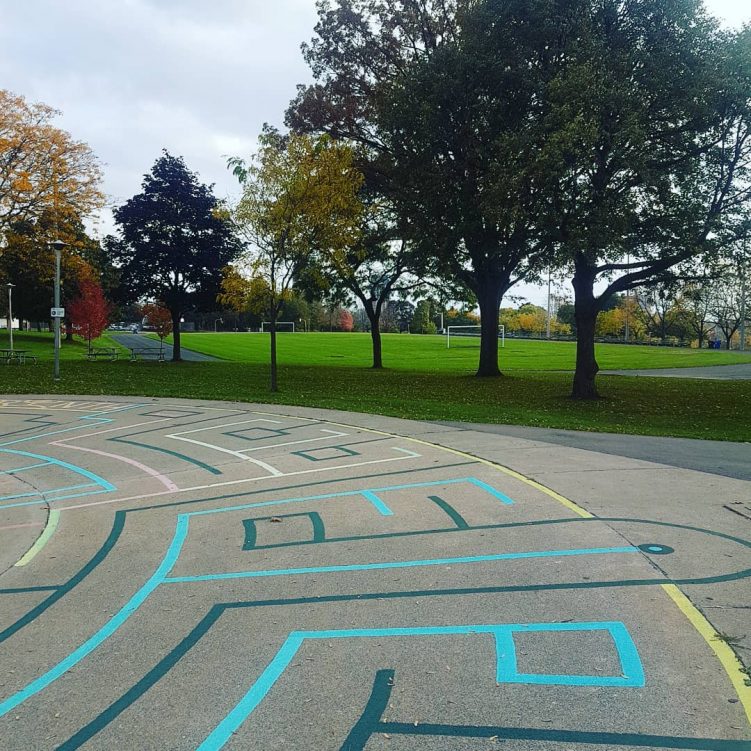Sometimes I forget just how much time and effort was put into creating the Labyrinth Steve and I painted in the Wading Pool in Earlscourt Park, Toronto.
It’s currently Canada’s largest painted Labyrinth in number of lanes at 16 . . .
Sometimes I forget just how much time and effort was put into creating the Labyrinth Steve and I painted in the Wading Pool in Earlscourt Park, Toronto. It’s currently Canada’s largest painted Labyrinth in number of lanes at 16 . . . View this post on Instagram I miss … #Toronto #waterford #ontario #canada🇨🇦 #travellingthoughtheworld […]
Sometimes I forget just how much time and effort was put into creating the Labyrinth Steve and I painted in the Wading Pool in Earlscourt Park, Toronto.
It’s currently Canada’s largest painted Labyrinth in number of lanes at 16 . . .
View this post on InstagramA post shared by Jean Clecio (@jeanclecio) on
Comments are closed.
Zack 990 by Joshua Weinberg and Mignolo § Powered by WordPress
